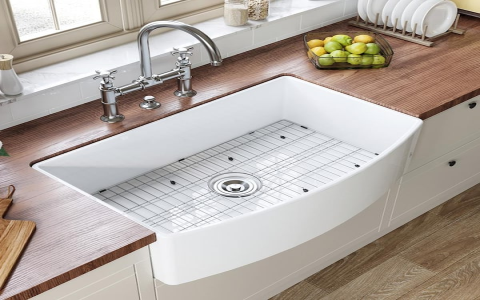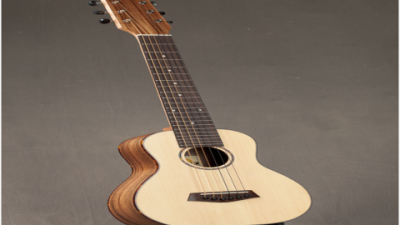Top Fireclay Farmhouse Sink Reviews – Durable & Stylish!
Are you dreaming of a kitchen centerpiece that blends classic farmhouse style with modern resilience? A fireclay farmhouse sink could be your perfect choice. But with so many reviews and opinions floating around, how do you know if it truly stands up to daily life? Today, I’ll take you on a deep-dive journey—rich with real stories, essential facts, practical tables, and even a few “why didn’t anyone warn me?” tips. Let’s unlock the truth about fireclay farmhouse sinks: their strengths, quirks, and whether they’re the right fit for your daily rhythm.
The Allure of Fireclay: First Impressions
Let’s get visual. Imagine the warm, wide apron of a farmhouse sink—filled with gleaming dishes after a weekend feast, resisting every crash and splash. That’s the iconic appeal. What sets fireclay sinks apart in the crowded world of kitchen design?
- Timeless Aesthetics: Their soft shine and handcrafted finish embody sophistication that never goes out of style.
- Unyielding Durability: Engineered to handle pots, pans, and even the notorious “accident-prone housemate.”
- Easy Cleaning: The non-porous, glossy glaze is almost immune to staining and fading.
What Exactly Is a Fireclay Farmhouse Sink?
Fireclay is a unique blend of clay and glaze, meticulously shaped and fired at over 1600°C—a process older than your great-grandma’s secret bread recipe. This intense firing fuses the glaze for a finish tougher than classic porcelain and less prone to chipping, staining, or scratching.
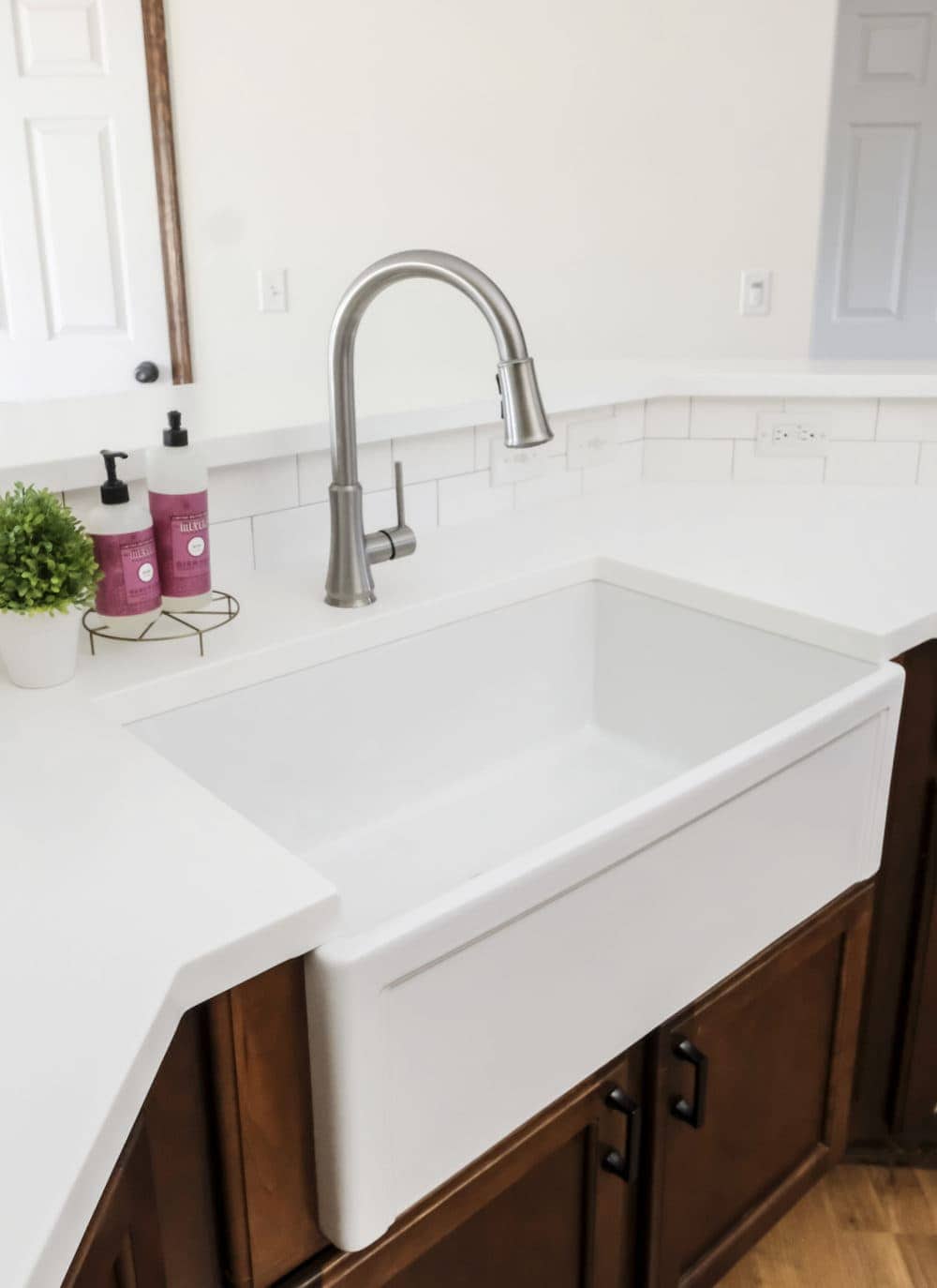
| Feature | Fireclay Farmhouse Sink | Standard Porcelain Sink |
|---|---|---|
| Durability | Highly resistant to chips, cracks, stains | Susceptible to chips and stains over time |
| Impact Resistance | Withstands everyday drops and heavy pots | Can chip or crack with heavy use |
| Heat Resistance | Can handle hot pans without damage | Prone to thermal shock |
| Style | Classic, artisan, usually glossy white | Varied, often less glossy |
| Maintenance | Simple, requires gentle scrubbing weekly | Needs more frequent cleaning to avoid stains |
Fireclay Pros and Cons: Beyond the Glossy Brochure
- Pros:
- Ultra-durable: Chipping, cracking, scratching, and stains are rare, even with tough daily use.
- Timeless look: Makes even the simplest kitchen feel special.
- Easy maintenance: Most stains completely wipe away with mild soap and water.
- Safe for hot pans: Place that scorching roasting tray right in—no problem.
- Hygienic: The non-porous surface means less risk of bacteria lurking where you can’t see it.
- Cons:
- Weight: At 80+ pounds, these sinks require reinforced cabinetry.
- Price: Quality fireclay isn’t cheap (expect $400+), but it’s built to last.
- Installation: Apron-front sinks need precise fitting—sometimes custom cutting of cabinets.
- Possible minor blemishes: Handcrafted nature means unique (sometimes uneven) sides.
Real-World Reviews: How Do Fireclay Farmhouse Sinks Hold Up?
Let’s introduce some real cases. These aren’t showroom samples—they’re lived-in, loved (and sometimes cursed at) by actual homeowners:
- Case 1: The Busy Family Kitchen
“We cook every night and have three kids under ten. Pots bang into every corner, and our fireclay sink still looks new after two years. Installation was a bear, but worth it. My only regret? Not getting a pull-down sprayer to rinse the big bowl more easily.”
- Jess, Illinois - Case 2: Renovating for Resale
“Installed a fireclay farmhouse sink as part of our kitchen flip. Buyers loved the ‘Pinterest look.’ The appraiser even commented on its quality. Yes, it cost more upfront, but it more than paid off in value and speed of sale.”
- Amrit, Toronto - Case 3: The Reluctant Convert
“I swore I’d never give up my two-basin sink. My husband insisted. The single-bowl fireclay is actually perfect for soaking pans and washing produce. The only issue? You have to rinse out the corners often, or crumbs pile up. Still, I wouldn’t go back.”
- Dana, Austin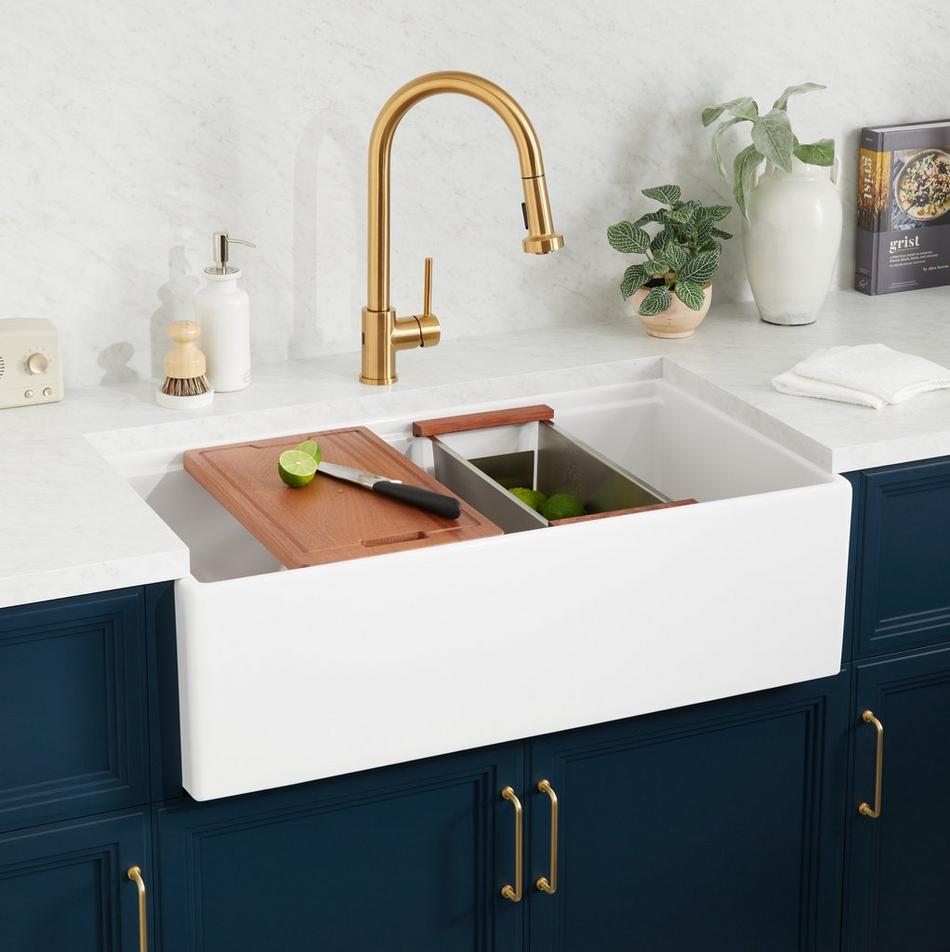
Key Facts: What to Know Before You Buy
- Weight and Support: Always check that your cabinet base can handle at least lbs. Many installers recommend building or reinforcing a dedicated frame.
- Standard Sizes: Most fireclay farmhouse sinks are 30- inches wide. Compact models (20- inches) exist for smaller kitchens, while ultra-spacious options go up to inches.
- Single vs. Double Bowl: Single bowls offer easy pan-washing space, while double bowls provide better separation for multitasking.
- Apron Front Style: This classic overhanging lip is what makes it truly “farmhouse.” But it does mean custom installation much of the time.
Choosing the Best Fireclay Farmhouse Sink: Step by Step
- Measure Your Space: Ensure your base cabinet is 2- inches wider than your intended sink.
- Consider Bowl Configuration: Large households often love a single, deep bowl; double bowls are best for multitaskers or those without dishwashers.
- Check Return Policy and Inspect Upon Arrival: Due to their weight and fragility during shipment, inspect your sink immediately for chips or defects.
- Choose the Right Faucet: Pull-down faucets are highly recommended—for easy rinsing and cleaning those big basin corners.
- Order Accessories: Many users appreciate bottom grids to prevent accidental scratches or breakage of dishes.
Maintenance and Cleaning: Uncomplicated But Crucial
- Regularly rinse after use to avoid debris in corners.
- Weekly cleaning with mild soap keeps it sparkling. For tough stains, baking soda and water do wonders.
- Don’t use harsh abrasives—fireclay’s tough, but can dull with repeated heavy scrubbing.
- Protect with a grid mat or liner if you wash a lot of cast iron pans or heavy cookware.
Maintenance at a Glance
| Task | Frequency | Products to Use |
|---|---|---|
| Light rinse | Daily | Warm water |
| Gentle scrub | Weekly | Mild soap, soft cloth or sponge |
| Deep clean | Monthly/As needed | Baking soda paste, white vinegar |
| Check for chips/cracks | Quarterly | Visual inspection |
Expert Tips to Get the Most from Your Fireclay Sink
- Install the sink before the countertop is finalized, to avoid costly cuts and retrofits.
- If you have a small kitchen, choose a more compact size but ensure it’s deep enough for your largest pots.
- Order early—brands and popular models frequently sell out or have backorders lasting weeks.
- Always get professional installation unless you’re confident with custom carpentry—fireclay is both heavy and tricky to fit perfectly.
Frequently Asked Questions (FAQ)
Q1: Do fireclay farmhouse sinks scratch easily?
A: No—fireclay is far more scratch-resistant than porcelain or stainless steel. While no material is 100% invincible, dropped cutlery and heavy pots are less likely to leave marks here. Some slight “silverware marks” can occur but are usually superficial and clean right off.
Q2: Will a fireclay sink stain or lose its shine over time?
A: Fireclay’s non-porous glaze prevents deep staining—even red wine, coffee, and tomato sauce rarely leave a trace if wiped within a few hours. The finish is built to last for decades, remaining glossy and vibrant.
Q3: Are fireclay sinks worth the higher price?
A: For most homeowners who want both style and longevity, fireclay’s upfront cost pays for itself in years of beauty and reliable performance. The combination of luxury and practicality makes it a rare value purchase in kitchen design.
Q4: Can you install a garbage disposal with a fireclay sink?
A: Yes, but you’ll want to double-check the sink’s drain size and thickness. Many manufacturers note compatibility, but installation may require extra adapter kits.
Q5: What are common mistakes in caring for fireclay farmhouse sinks?
A: Using harsh abrasives, allowing debris or heavy cookware to bang directly onto the surface, or not supporting the sink’s weight properly during install can diminish its lifespan and beauty.
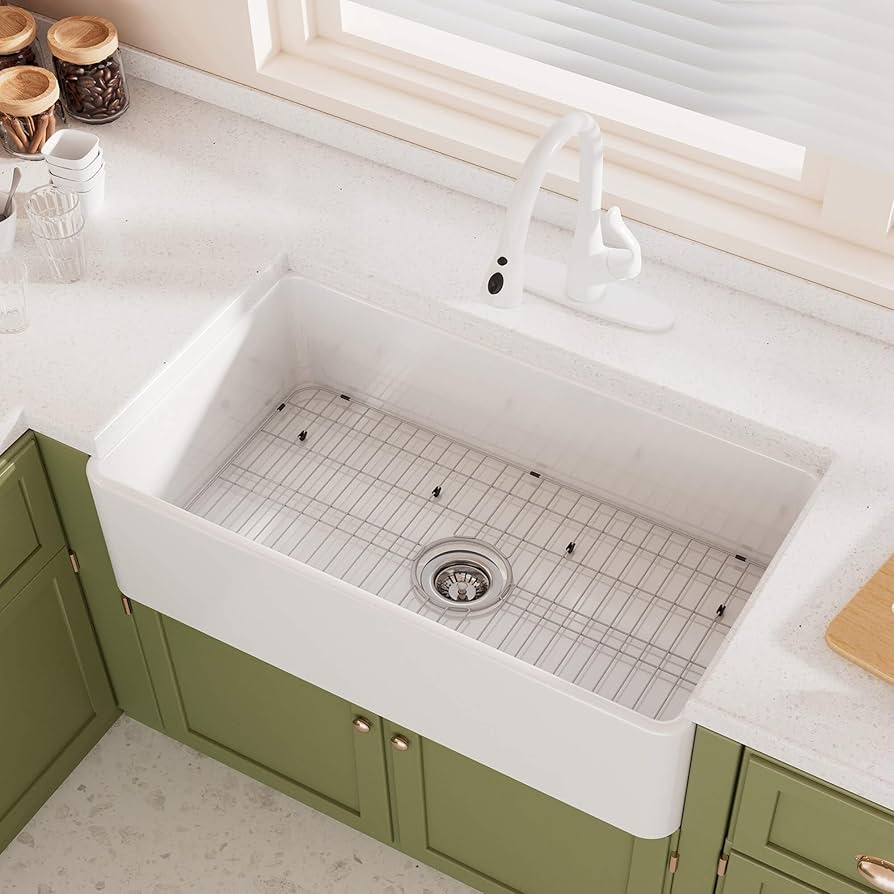
Are You the Next Fireclay Fan?
Whether you’re a parent juggling dinner and homework, a sleek modern kitchen enthusiast, or a devoted baker with mountains of pans, a fireclay farmhouse sink brings undeniable style and surprising toughness. But here’s my question to you:
Would you choose fireclay for your own kitchen, or do you have a different “dream sink” in mind? What worries—or excites—you most about farmhouse sink life? Share your thoughts and stories below!
